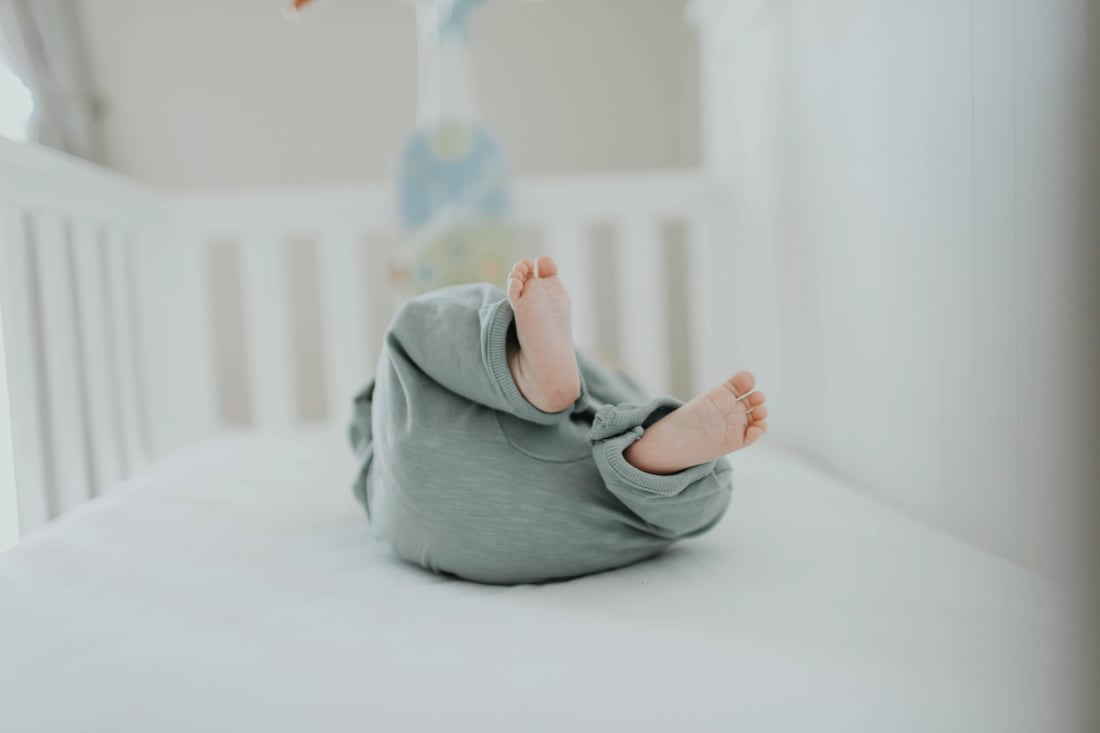Choosing the Right Baby Crib
When it comes to
baby crib inspection, the first step is choosing the right crib for your little one. Make sure to select a crib that meets safety standards and has no recalls.
Inspecting the Materials
Check the materials used in the construction of the crib. Ensure that they are non-toxic and sturdy enough to withstand daily use.
Examining the Frame
Inspect the frame of the crib for any signs of wear and tear. Make sure there are no loose screws or broken parts that could potentially harm your baby.
Checking for Proper Assembly
Ensure that the crib is properly assembled according to the manufacturer's instructions. A poorly assembled crib can be dangerous for your baby.
Testing the Mattress Support
Check the mattress support of the crib to ensure it is secure and can hold the weight of your baby. A weak mattress support can lead to accidents.
Looking for Sharp Edges
Inspect the crib for any sharp edges or protruding hardware that could pose a risk to your baby. Smooth edges are essential for your baby's safety.
Verifying the Drop-Side Mechanism
If the crib has a drop-side mechanism, make sure it is in good working condition. This mechanism should be easy to use and secure when locked in place.
Ensuring Proper Ventilation
Check that the crib has proper ventilation to prevent overheating and ensure your baby's comfort during sleep.
Inspecting for Lead Paint
Make sure the crib does not have any lead paint, as it can be harmful to your baby's health. Look for chipping or peeling paint that may contain lead.
Regular Maintenance and Inspections
Lastly, remember to perform regular maintenance and inspections on the crib to ensure it remains safe for your baby to use.
Quote Inquiry
Contact us!

